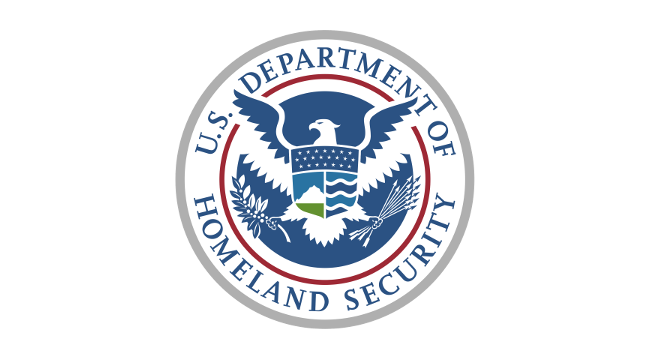The US Department of Homeland Security has issued a warning to IT services providers, healthcare organizations and three other business sectors about a sophisticated cyber-attack campaign that uses stolen administrative credentials and implants malware, including PLUGX/SOGU and RedLeaves, on critical systems.
In the release dated April 27, 2017 and revised on May 02, 2017:
Systems Affected
Networked Systems
Overview
The National Cybersecurity and Communications Integration Center (NCCIC) has become aware of an emerging sophisticated campaign, occurring since at least May 2016, that uses multiple malware implants. Initial victims have been identified in several sectors, including Information Technology, Energy, Healthcare and Public Health, Communications, and Critical Manufacturing.
According to preliminary analysis, threat actors appear to be leveraging stolen administrative credentials (local and domain) and certificates, along with placing sophisticated malware implants on critical systems. Some of the campaign victims have been IT service providers, where credential compromises could potentially be leveraged to access customer environments. Depending on the defensive mitigations in place, the threat actor could possibly gain full access to networks and data in a way that appears legitimate to existing monitoring tools.
Although this activity is still under investigation, NCCIC is sharing this information to provide organizations information for the detection of potential compromises within their organizations.
NCCIC will update this document as information becomes available.
The next important abstract from this document reads:
Details
While NCCIC continues to work with a variety of victims across different sectors, the adversaries in this campaign continue to affect several IT service providers. To achieve operational efficiencies and effectiveness, many IT service providers often leverage common core infrastructure that should be logically isolated to support multiple clients.
Intrusions into these providers create opportunities for the adversary to leverage stolen credentials to access customer environments within the provider network.
The release includes some detailed information on the malware installed and hashes, samples and analysis that IT staff will need to read and understand.
For IT Service Providers
All organizations that provide IT services as a commodity for other organizations should evaluate their infrastructure to determine if related activity has taken place. Active monitoring of network traffic for the indicators of compromise (IOCs) provided in this report, as well as behavior analysis for similar activity, should be conducted to identify C2 traffic. In addition, frequency analysis should be conducted at the lowest level possible to determine any unusual fluctuation in bandwidth indicative of a potential data exfiltration. Both management and client systems should be evaluated for host indicators provided. If an intrusion is suspected, please reach out to the NCCIC at the contact information provided at the end of this report.
For Private Organizations and Government Agencies
All organizations should include the IOCs provided in their normal intrusion detection systems for continual analysis. Organizations that determine their risk to be elevated due to alignment to the sectors being targeted, unusual detected activity, or other factors, should conduct a dedicated investigation to identify any related activity. Organizations which leverage external IT service providers should validate with their providers that due diligence is being conducted to validate if there are security concerns with their specific provider. If an intrusion is suspected, please reach out to the NCCIC at the contact information provided at the end of this report.
Detection
NCCIC is providing a compilation of IOCs from a variety of sources to aid in the detection of this malware. The IOCs provided in the associated STIX package and .xlsx file were derived from various government, commercial, and publically available sources. The sources provided does not constitute an exhaustive list and the U.S. Government does not endorse or support any particular product or vendor’s information listed in this report. However, NCCIC includes this compilation here to ensure the distribution of the most comprehensive information. This alert will be updated as additional details become available.

